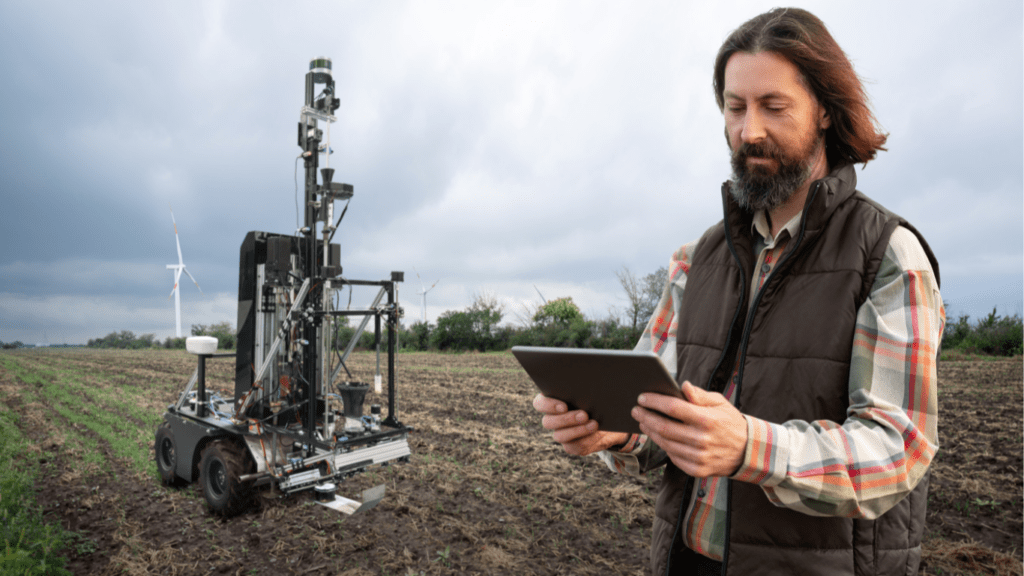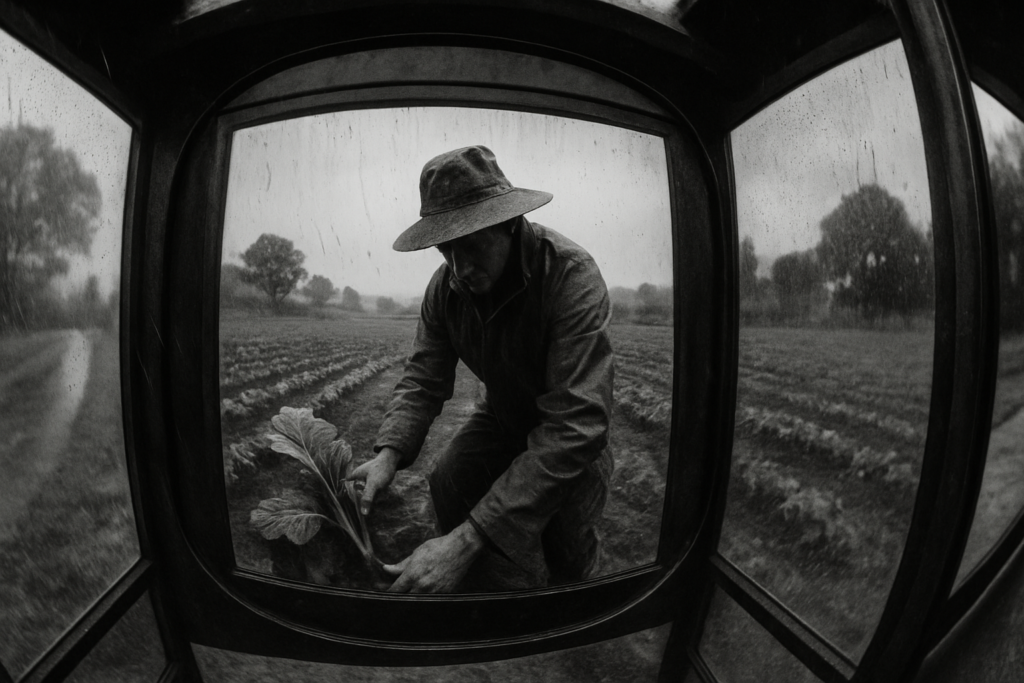The Significance of Climate-Smart Agriculture
Climate-smart agriculture (CSA) incorporates strategies that align with environmental sustainability and economic viability. By integrating CSA, farmers enhance adaptability to climate variability and reduce greenhouse gas emissions. This approach not only addresses current climate challenges but also mitigates future risks.
Adopting CSA practices improves soil health through methods like crop rotation and conservation tillage. These techniques increase carbon sequestration, leading to better nutrient cycling and moisture retention, which are crucial under extreme weather conditions.
Water management in CSA involves efficient irrigation systems such as:
- drip irrigation
- rainwater harvesting
These methods conserve water resources and improve crop yields, essential in areas experiencing water scarcity due to climate change.
Technological tools in CSA, like precision farming and weather forecasting, provide actionable data to farmers. Precision farming optimizes inputs like fertilizers and pesticides, reducing waste and environmental impact. Weather forecasting helps farmers plan planting and harvesting activities, minimizing crop loss due to unexpected weather events.
CSA also promotes the use of resilient crop varieties, which are bred to withstand pests, diseases, and climate stresses. Enhancing crop resilience ensures food security in regions vulnerable to climate-induced food shortages.
Investments in CSA yield economic benefits by increasing farm productivity and profitability. Farmers can achieve higher returns on investment through improved yields and reduced input costs, making CSA a financially sustainable option.
In essence, climate-smart agriculture bridges the gap between advancing agricultural productivity and fostering environmental stewardship. As the climate continues to change, CSA stands out as a crucial paradigm for ensuring the future resilience and sustainability of global agricultural systems.
Key Technologies in Climate-Smart Agriculture
Climate-smart agriculture relies on cutting-edge technologies to enhance farming efficiency and sustainability. Below, I explore critical technologies driving this transformation.
Precision Agriculture
Precision agriculture employs GPS, sensors, and data analytics to optimize field-level management regarding crop farming. Farmers can monitor soil moisture, nutrient levels, and crop health in real-time.
Using drones and satellite imagery, they get accurate maps showing which areas need more attention. Farms leveraging this technology see increased yields and reduced input costs.
Sustainable Irrigation Systems
Efficient water management forms the backbone of climate-smart agriculture. Sustainable irrigation systems, like drip and sprinkler irrigation, allow precise water delivery to crops, minimizing waste.
Smart irrigation controllers adjust based on weather forecasts, soil conditions, and plant needs. This technology reduces water use by up to 50%, contributing to sustainable water management.
Renewable Energy Solutions
Renewable energy solutions play a vital role in reducing agriculture’s carbon footprint. Solar panels, wind turbines, and bioenergy systems provide clean energy to power farm operations.
Solar-powered irrigation systems ensure water delivery even in remote areas. By adopting renewable energy, farms decrease reliance on fossil fuels, contributing to broader climate goals.
Benefits of Implementing Technology

Integrating technology into climate-smart agriculture offers numerous benefits. These advantages help enhance farming practices while promoting sustainability.
Increased Crop Yield
Technology boosts crop yield by optimizing agricultural practices. Precision farming, using GPS and sensors, allows real-time monitoring of soil and crop health.
For example, farmers can apply fertilizers accurately, reducing waste and enhancing crop growth. Automated machinery speeds up planting and harvesting, leading to better efficiency and reduced labor costs.
Reduced Carbon Footprint
Technological solutions reduce agriculture’s carbon footprint. Renewable energy sources, such as solar panels, power farm operations, decreasing reliance on fossil fuels.
Sustainable irrigation systems, including drip irrigation, minimize water usage and energy consumption. Implementing these technologies reduces greenhouse gas emissions, contributing to a more sustainable environment.
Improved Resource Management
Effective resource management is crucial in farming. Technologies like soil moisture sensors ensure optimal water usage, preventing over-irrigation and conserving water.
Drones equipped with multispectral cameras monitor crop conditions, identifying issues like pest infestations early. This precision leads to targeted interventions, conserving resources and boosting crop health.
Challenges and Limitations
While technology enhances climate-smart agriculture (CSA), it also presents several challenges and limitations that must be addressed.
High Initial Costs
Implementing advanced CSA technologies often involves substantial initial investments. For example, precision agriculture equipment like GPS systems, drones, or soil moisture sensors can cost thousands of dollars. These costs can be prohibitive for small-scale farmers, particularly in developing regions.
Cost Breakdown of Common CSA Technologies
| Technology | Approximate Cost Range |
|---|---|
| GPS Systems | $5,000 – $10,000 |
| Drones | $1,500 – $25,000 |
| Soil Moisture Sensors | $100 – $500 per unit |
| Drip Irrigation Systems | $500 – $2,000 per acre |
Technical Knowledge and Training
Deploying CSA technologies effectively requires specialized knowledge and training. Farmers must understand how to operate and maintain equipment like sensors and irrigation systems. In many cases, this necessitates ongoing education and support, which can be challenging to access in remote or underserved areas. Availability of technical support remains a significant barrier, often exacerbated by language and educational gaps.
Case Studies of Successful Implementation
Several case studies illustrate the effective use of technology in climate-smart agriculture, demonstrating not only feasibility but also significant benefits for sustainability and productivity.
Example 1
In Kenya, smallholder farmers adopted mobile-based weather forecasting and advisory services. Using platforms like iShamba, they received timely weather updates and farming advice tailored to their specific locations. These updates allowed farmers to adjust planting schedules, reducing crop losses due to unexpected weather changes.
Consequently, yields increased by 20% over two growing seasons. Training sessions accompanied the implementation, ensuring farmers understood how to use the technology effectively, addressing the challenge of technical knowledge.
Example 2
In India, the Precision Agriculture for Development (PAD) initiative used SMS-based advisory services to support cotton farmers. The service provided precise recommendations on fertilizer application, pest control, and irrigation scheduling.
As a result, farmers saw a 10-15% rise in productivity while reducing input costs. PAD’s efforts also included local field agents who assisted farmers in interpreting and applying the advice, mitigating the barrier of limited access to technical support.
Future Trends and Innovations
Technology in climate-smart agriculture is evolving rapidly, with pioneering methods and tools emerging to create sustainable farming systems.
AI and Machine Learning
AI and machine learning (ML) technologies are transforming the agricultural landscape. AI algorithms analyze large datasets from sensors and satellites, providing insights into crop health and soil conditions. For example, ML models predict pest infestations by analyzing weather patterns and historical data, enabling farmers to take preventative measures.
Autonomous drones equipped with AI can monitor fields in real time, identifying areas requiring immediate attention, thus optimizing resource usage. Companies like Microsoft and IBM are leading efforts to integrate AI into agriculture, proving technology’s critical role in enhancing productivity.
Biotechnological Advances
Biotechnology is another driving force in climate-smart agriculture. Genetic engineering has enabled the development of crop varieties resistant to drought, pests, and diseases. Gene editing tools like CRISPR-Cas9 allow precise modifications in plant genomes, improving their resilience and yield.
Additionally, advances in microbiome research have led to biofertilizers that enhance soil health by promoting beneficial microbial activity. Organizations like the International Maize and Wheat Improvement Center are pioneering biotech innovations to support food security and sustainable farming practices.



